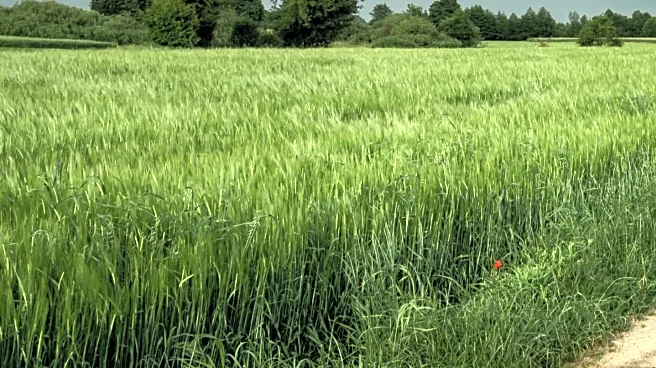What's Happening?
North Texas is currently experiencing an extended period of warm and dry weather, with temperatures remaining above average for this time of year. Despite the arrival of fall, the region has seen little relief from the heat, and forecasts predict continued above-average warmth and below-average rainfall. A weak cold front is expected to pass through midweek, but it is unlikely to bring significant changes to the current weather pattern. This unusual climate condition is notable as October is typically one of the wettest months in North Texas.
Why It's Important?
The persistent warm and dry weather in North Texas has implications for various sectors, including agriculture, water management, and public health. Farmers may face challenges due to the lack of rainfall, affecting crop yields and water resources. Additionally, prolonged heat can lead to increased energy consumption as residents rely on air conditioning, impacting utility costs and energy infrastructure. The unusual weather pattern also raises concerns about potential drought conditions, which could have long-term effects on the region's water supply and environmental sustainability.
What's Next?
If the warm and dry conditions persist, North Texas may need to implement water conservation measures to address potential shortages. Local governments and environmental agencies might increase efforts to monitor and manage water resources effectively. The agricultural sector may seek support or adaptation strategies to mitigate the impact on crops. Furthermore, public health advisories could be issued to help residents cope with the heat and prevent heat-related illnesses. Stakeholders, including policymakers and community leaders, will likely continue to assess the situation and explore solutions to address the challenges posed by the weather.











